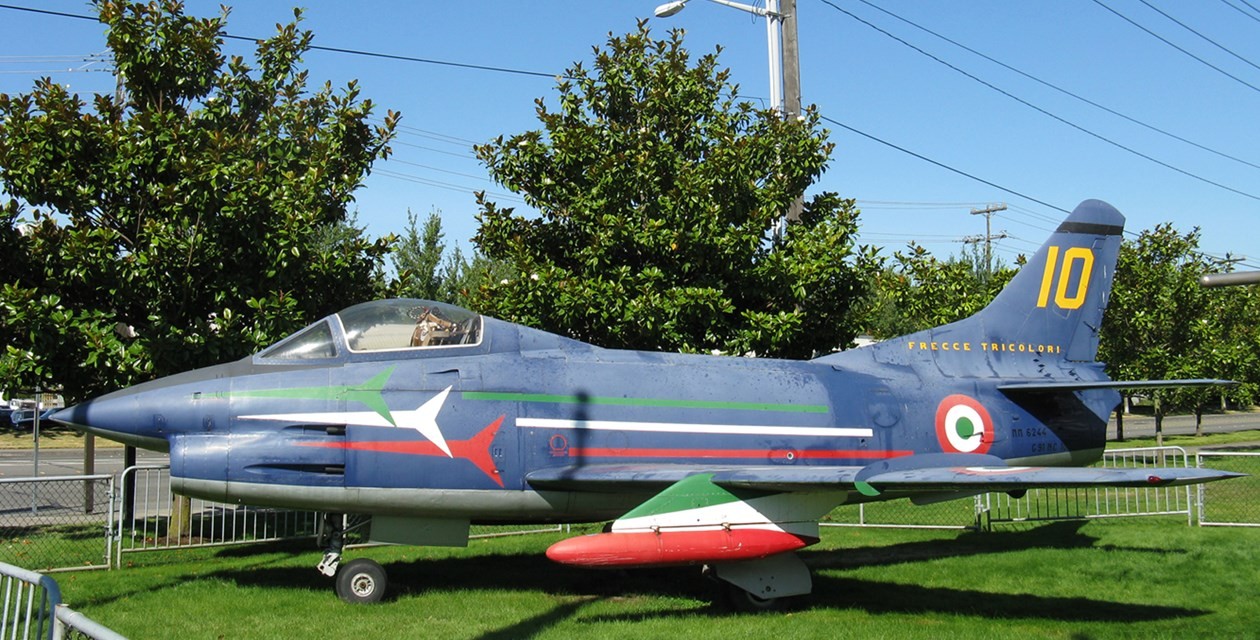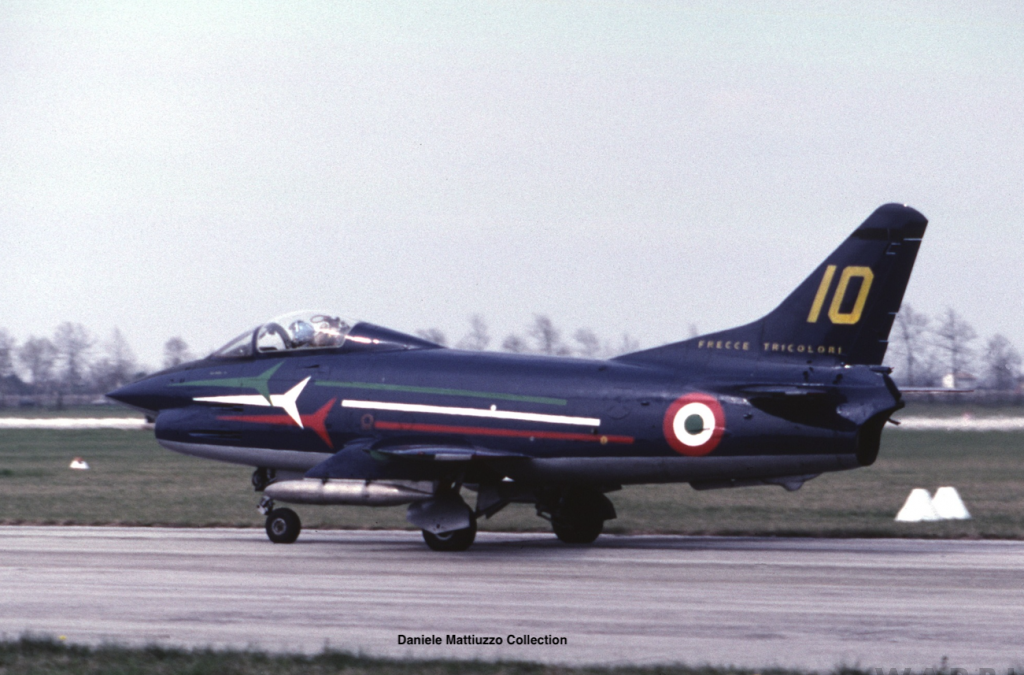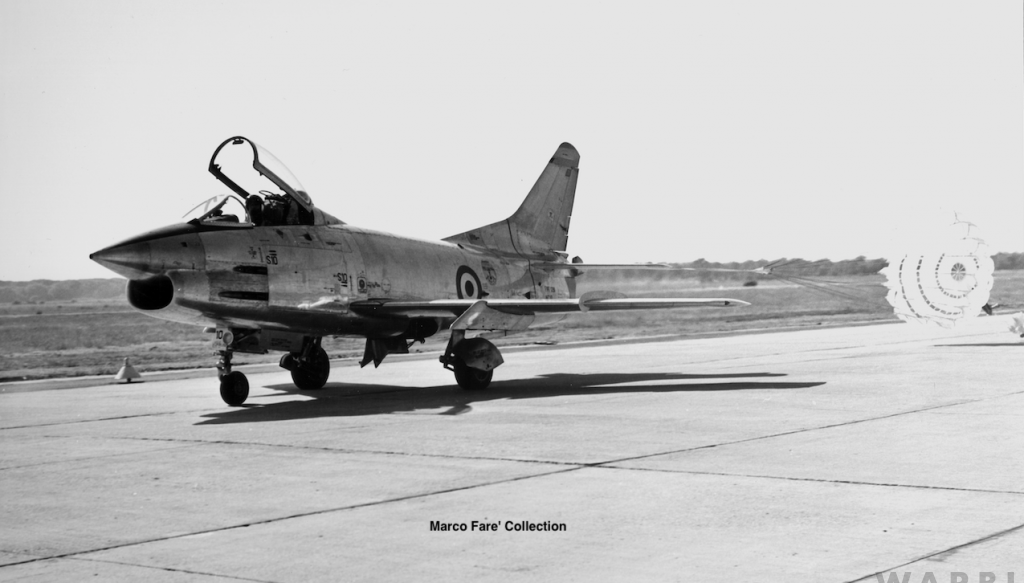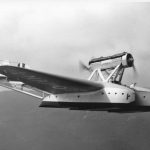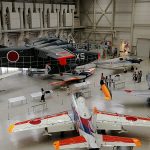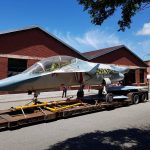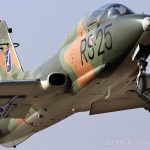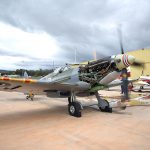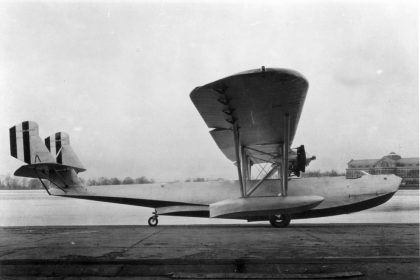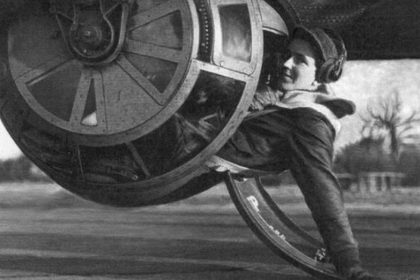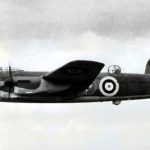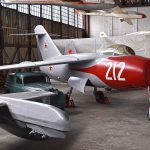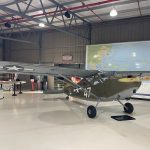The Museum of Flight in Seattle, Washington recently prepared their rare Fiat G-91 PAN for transfer to a new home in Italy. Museum personnel supervised the move, helping load the disassembled airframe inside a shipping container on November 18th, 2021. The aircraft then made its way by road to the Port of Seattle to await an ocean passage to Europe. The G-91 should arrive in Genoa, Italy by December 31st, from where the aircraft will board a truck to Malpensa, near Milan for refurbishment and display at Volandia, one of the largest aviation museums in Europe. The “PAN” in the aircraft’s designation refers to the Pattuglia Acrobatica Nazionale, Italy’s national aerobatics team better known as the Frecce Tricolori (Tricolor Arrows). There are only a handful of surviving G.91s which served with that famed team, so repatriating this important airframe is a significant moment for Volandia, and for Italy too.
The Museum of Flight has owned this G.91 since the late 1980s, its acquisition resulting from an industrial collaboration agreement between The Boeing Company, one of the museum’s major benefactors, and the Italian aircraft manufacturer, Aeritalia (now Leonardo). However, the G.91 was never a proper fit within the Museum of Flight’s collection remit so, after some deliberation, they decided to find a new home for the airframe. As part of this effort, they contacted our very own Moreno Aguiari for ideas, and given his respect for Volandia, they became a natural first choice. After finding a willing recipient for the jet in Volandia, Aguiari then provided the correct technical documents to allow Museum of Flight volunteers to safely disassemble the airframe, organized an appropriate shipper for its move to Italy, and then brought well-known warbird pilot and collector, Doug Matthews, onboard to donate the transportation costs. The end result was an effective win-win-win: the Museum of Flight found a perfect new home for a historic artifact they no longer needed, the airframe has an indoor display location ensuring its long-term preservation, and Volandia added an important airframe to their growing collection – just in time to help celebrate the 2023 centenary of the Aeronautica Militare (Italian Air Force). Furthermore, this G.91 is in virtually time-capsule condition internally.
Volandia’s president, Marco Reguzzoni, commented on the G.91’s acquisition, noting: “A donation that we read as a good omen for the new year! It was a long and complex operation that today allows us to expand our collection with an aircraft of great historical value, used by our National Aerobatic Team, the Frecce Tricolori. The additional sentimental value is that the aircraft was piloted, among others, by our own Commander Angelo Boscolo, a member of the Amici di Volandia association (the museum’s volunteer coordination group). After the operations of reassembly and preparation for the museum exhibition by the volunteers of our workshop, it will be exhibited in the Fixed Wing pavilion in the jet section, to then find, in 2023, on the occasion of the Centenary of the Italian Air Force, its definitive location in what will be dedicated to the Aeronautica Militare.”
For those unfamiliar with the Fiat G.91, the type evolved from a mid-1950s NATO competition for a lightweight strike fighter. While the aircraft does bear some superficial resemblance to the earlier North American F-86 Sabre, it is unrelated to that design. The type proved to be a great success; factories in both Italy and West Germany produced more than 750 examples between 1956 and 1977. In addition to Italy’s Aeronautica Militare and West Germany’s Luftwaffe, the Força Aérea Portuguesa (Portuguese Air Force) also fielded significant numbers of G.91s, with some airframes serving into the mid-1990s.
The specific G.91 described in this article served in the Aeronautica Militare as serial number MM 6244. Fiat’s Torino-Caselle production line completed the aircraft’s manufacture on July 7th, 1958. She soon joined the Reparto Sperimentale Volo, the Italian Air Force’s Flight Test Centre. Following that assignment, the aircraft passed through several other units including 103°Gruppo, 14°Gruppo/2aAB, and 51 Aerobrigata. Then the famed Frecce Tricolori took her on charge; the aircraft, piloted by Captain Giambattista Zanazzo, arrived at their base in Rivolto on March 21, 1966.
Initially serving with tail number 6, MM 6244 also wore tail numbers 2, 3, 4, 9 during her time with the Frecce Tricolori. Most importantly, she also wore the prestigious number 10, the aircraft which the solo pilot flew using the famous radio call sign Pony 10. As the Frecce Tricolori began transitioning to the Aermacchi MB-339, MM 6244 returned to an active squadron in 1981, this being 2° Stormo/2nd Wing. This was to be MM 6244’s last assignment; the Aeronautica Militare struck her from their books in 1986. Soon after, as mentioned earlier, Pony 10 became part of the Museum of Flight, in Seattle, Washington.
So a new journey for this historic aircraft begins. Remarking on the momentous development of Pony 10 joining Volandia, Claudio Tovaglieri, president of the museum’s Scientific Committee noted: “Since 2010, when we had the first official contacts with Seattle, the museum proved favorably oriented to the sale, but it was necessary to wait until 2018 for the deal to gain momentum and come through. As a result, this establishes a prestigious collaboration relationship with one of the most important American aviation museums. The choice of ‘entrusting’ its own aircraft to Volandia, as an Italian museum that could make the most of it, certifies the prestige and international authority of our reality and for the trust shown we want to thank The Museum of Flight and Moreno Aguiari for the precious coordination collaboration from the United States between the two museums. A virtuous example of collaboration aimed at preserving the historical aeronautical heritage that we hope to be able to repeat with many other occasions.”
For more information about Volandia, visit www.volandia.it







